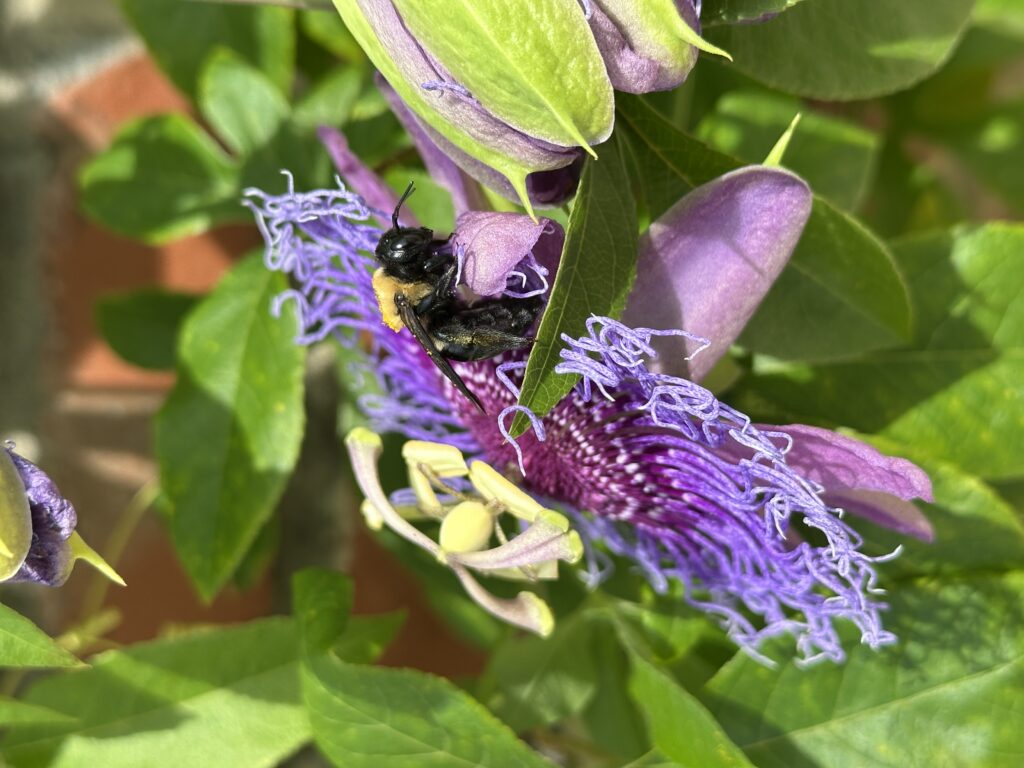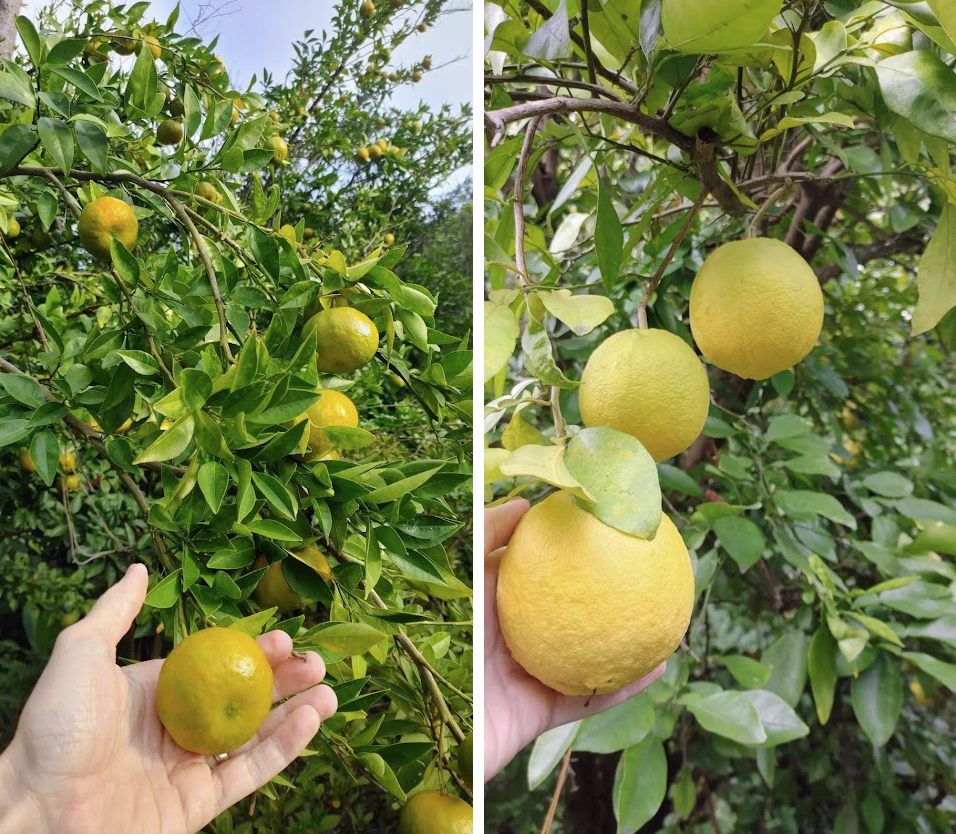First & Last Frost Dates Are Drifting—What Does It Mean for Gardeners?
go.ncsu.edu/readext?1103105
en Español / em Português
El inglés es el idioma de control de esta página. En la medida en que haya algún conflicto entre la traducción al inglés y la traducción, el inglés prevalece.
Al hacer clic en el enlace de traducción se activa un servicio de traducción gratuito para convertir la página al español. Al igual que con cualquier traducción por Internet, la conversión no es sensible al contexto y puede que no traduzca el texto en su significado original. NC State Extension no garantiza la exactitud del texto traducido. Por favor, tenga en cuenta que algunas aplicaciones y/o servicios pueden no funcionar como se espera cuando se traducen.
Português
Inglês é o idioma de controle desta página. Na medida que haja algum conflito entre o texto original em Inglês e a tradução, o Inglês prevalece.
Ao clicar no link de tradução, um serviço gratuito de tradução será ativado para converter a página para o Português. Como em qualquer tradução pela internet, a conversão não é sensivel ao contexto e pode não ocorrer a tradução para o significado orginal. O serviço de Extensão da Carolina do Norte (NC State Extension) não garante a exatidão do texto traduzido. Por favor, observe que algumas funções ou serviços podem não funcionar como esperado após a tradução.
English
English is the controlling language of this page. To the extent there is any conflict between the English text and the translation, English controls.
Clicking on the translation link activates a free translation service to convert the page to Spanish. As with any Internet translation, the conversion is not context-sensitive and may not translate the text to its original meaning. NC State Extension does not guarantee the accuracy of the translated text. Please note that some applications and/or services may not function as expected when translated.
Collapse ▲Gardeners in North Carolina typically plan their gardens around two key dates: the last spring freeze and the first fall freeze. In New Hanover County, the distance between those dates has subtly but steadily increased. According to Timothy Armstrong, Meteorologist & Climate Program Leader of the local National Weather Service, Wilmington’s growing season is lengthening by about 1.2 days per decade. Armstrong shared that “climate change has already led to measurable changes in the length of the growing season in North Carolina” and “the first fall freeze is happening 9 days later compared to what was observed 75 years ago.” What could this shift mean for your gardening routine and for the plants and pollinators involved?
 Many beneficial insects, as well as plant pests, have life cycles that are tied to host plants and climate. As soil and soil air temperatures rise in spring, overwintered queen bees and solitary bees emerge. Day length and the availability of nectar and pollen help determine how quickly colonies build, and when they begin to taper. In late summer and fall, many species shift from producing workers to producing new queens, which then build fat reserves and enter dormancy as soils cool.
Many beneficial insects, as well as plant pests, have life cycles that are tied to host plants and climate. As soil and soil air temperatures rise in spring, overwintered queen bees and solitary bees emerge. Day length and the availability of nectar and pollen help determine how quickly colonies build, and when they begin to taper. In late summer and fall, many species shift from producing workers to producing new queens, which then build fat reserves and enter dormancy as soils cool.
A modestly longer warm season can move bee emergence to earlier in spring and extend their activity into the fall. In regard to plant pollination, bloom and bee activity could drift out of sync in some years, reducing visits during peak flowering or concentrating them at different times than in the past. Additionally, a longer pollinator active period could increase total foraging time and the number of pollination opportunities, provided there is continuous bloom and adequate moisture.
An extended summer would not only affect pollination. It also raises the chances of heat and moisture stress, especially for shallow-rooted ornamentals such as Japanese maples. Prolonged high temperatures and dry winds can lead to leaf scorch, even in partial shade. Home landscapes can adapt by maintaining mulch to two or three inches while keeping it off the trunk flare, watering slowly at the root zone during dry spells rather than frequent light sprinkling, and providing afternoon shade with a sail or companion planting where feasible. Similar care applies to shrubs like Hydrangea and other species that prefer cool, moist soils.
 It’s important to note that the dates of the first fall freeze and last spring freeze can vary significantly from year to year and by their exact location. Armstrong explained that despite their proximity, “there is an almost two-week difference in the average date of the first fall freeze between Wilmington and Castle Hayne.” Unfortunately, we do not have a substantial amount of data surrounding areas like Carolina and Kure Beach. Armstrong hypothesized that these areas “likely have an even longer growing season than Wilmington due to the moderating effects the ocean and the Cape Fear River have on temperatures.” In fact, many local gardeners have been experimenting with growing in-ground citrus trees and having success, something once considered impossible in coastal North Carolina. Ultimately, gardeners should prepare for annual frost date variability as well as a potentially longer growing season.
It’s important to note that the dates of the first fall freeze and last spring freeze can vary significantly from year to year and by their exact location. Armstrong explained that despite their proximity, “there is an almost two-week difference in the average date of the first fall freeze between Wilmington and Castle Hayne.” Unfortunately, we do not have a substantial amount of data surrounding areas like Carolina and Kure Beach. Armstrong hypothesized that these areas “likely have an even longer growing season than Wilmington due to the moderating effects the ocean and the Cape Fear River have on temperatures.” In fact, many local gardeners have been experimenting with growing in-ground citrus trees and having success, something once considered impossible in coastal North Carolina. Ultimately, gardeners should prepare for annual frost date variability as well as a potentially longer growing season.




